Runner foam rollers have become a popular recovery tool for many athletes, especially runners. I’ve learned that using a runner foam roller in my routine helps reduce soreness and improve flexibility. This tool not only aids recovery after a run but also prepares muscles for upcoming workouts, reducing the risk of injury. In this article, I will discuss what a runner foam roller is, its benefits, how effective it can be, and when you should use one to achieve optimal results.
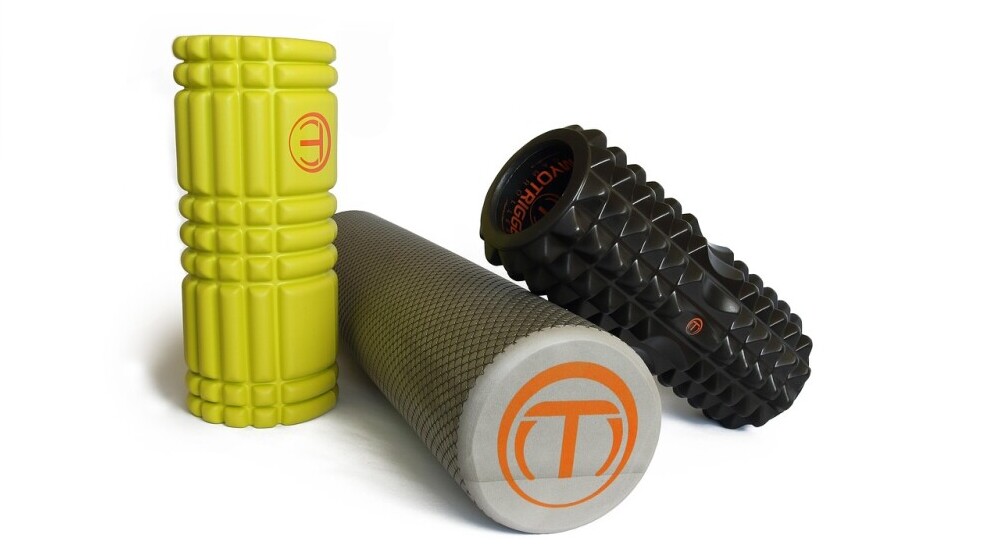
Understanding Runner Foam Rollers
A runner foam roller is a specialized tool designed to meet the unique needs of runners. There are two types, the standard round foam rollers and the half-round foam roller. This rounded shape helps maintain your body’s natural curve while rolling, applying even pressure on your calves, quadriceps, hamstrings, glutes and IT bands and can be applied to other areas of your body where muscle soreness is felt.
Runner foam rollers are made from high-density foam which provides firm, even, consistent pressure while its varied shape and sizes allows you to address multiple muscle groups. This lets you alternate between a gentle massage and deeper muscle pressure. Such adaptability makes it an effective tool not only for runners but also for anyone engaging in regular physical activity.
Benefits of Using a Runner Foam Roller
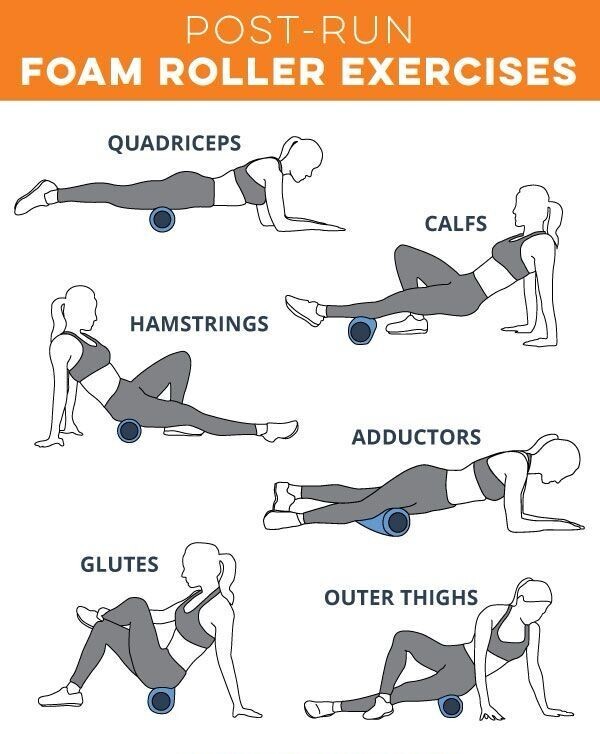
Foam rollers help improve muscle flexibility. After a run, muscles can become tight and stiff, and using a foam roller during your cool-down helps release knots and adhesions in muscle tissue. This speeds up recovery, eases soreness and prepares your muscles for the next workout.
Additionally, the rolling action increases blood flow by gently massaging soft tissue. This ensures that muscles receive more oxygen and nutrients needed for recovery. Many runners have mentioned that regular foam rolling reduces post-run soreness and shortens recovery time.
Moreover, foam rolling improves overall range of motion. In my own experience I have noticed that with consistent use, my joints feel more flexible, and movements become smoother. All these benefits make the foam roller a key component of a comprehensive training plan, helping to prevent overuse injuries and maintain muscle health.
Examining the Effectiveness of Runner Foam Rollers
Based on my personal experience and supported by studies, regular use of a foam roller does lead to noticeable improvements. Users often experience reduced muscle tightness and enhanced joint mobility after incorporating consistent foam rolling into their routines.
Scientific research on self-myofascial release suggests that the pressure applied by a foam roller can break down areas of sustained adhesion and tension between the muscles (myo) and fascia which is a thin tissue surrounding the muscles. This process not only improves muscle function and blood flow but also helps reduce muscle soreness and stiffness. Runner-specific models, with their refined designs, target the areas that need the most attention, making them particularly effective.
The key to effectiveness is consistency. When I use my foam roller immediately after workouts, whether light or intense, and on rest days, my muscles recover faster and feel less tight. It is important to remember that foam rolling is only one aspect of an overall recovery strategy that includes stretching, proper hydration, and sufficient rest.
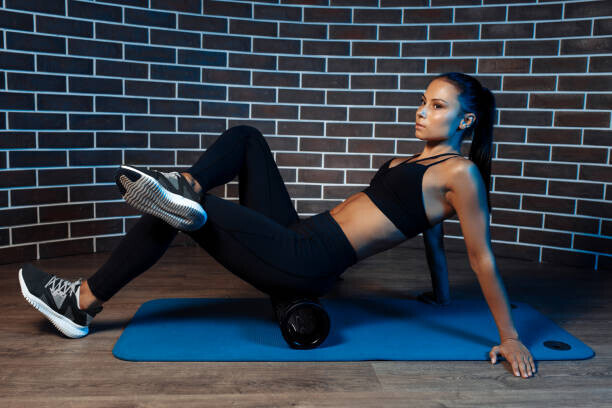
When and How Often Should You Use a Runner Foam Roller?
A common consideration among athletes is the ideal timing and frequency for foam rolling. The answer varies based on your level of fitness, the intensity of your workouts and personal recovery needs. Personally, I incorporate foam rolling both before and after my runs. A light session before a workout helps warm up the muscles, which can be especially useful if I have taken a break between runs, on chilly mornings or when you’re feeling stiff.
Post-run sessions of about 10 to 15 minutes can ease muscle soreness, limber you up and help reduce recovery time. Even on non-running days, a brief session can maintain muscle health. I and many other runners include foam rolling as part of both their cool-down routine and on off days as a form of active recovery, keeping limber and muscle maintenance. Simply put, it feels good on my muscles.
Like many aspects of a personal fitness routine, the frequency should be tailored to your own schedule, how you are feeling and how your body responds to foam rolling. If your training regimen is intense you may benefit from daily foam rolling, whereas less frequent workouts might require only a pre- and post-run session.
Advanced Tips for Maximizing the Use of a Runner Foam Roller
For those already comfortable with basic foam rolling, there are advanced techniques that can bring extra benefits. Experiment with varying the pressure and speed of your rolling; for example, pausing on particularly sore spots can allow muscle fibers to relax more fully and help break down stubborn knots. This is referred to as myofascial release.
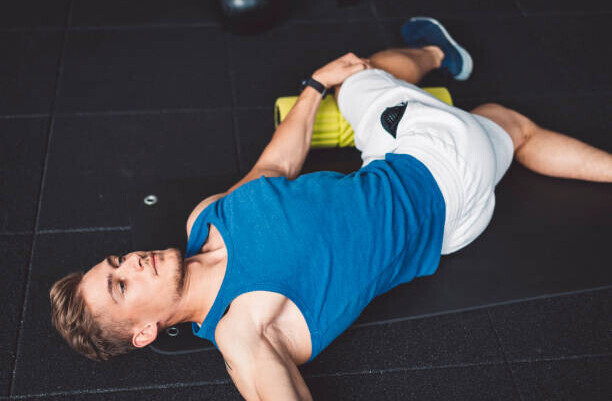
Another tip is to combine dynamic stretching with foam rolling. After rolling your calves, try a few gentle calf stretches to further loosen the muscles. Adjusting your body angle or targeting adjacent muscle groups can reveal surprising improvements in both relief and flexibility.
Advanced users often recommend alternating between different types of foam rollers. Switching from a runner-specific model to a traditional one can provide varied pressure points, which might be beneficial if you experience chronic tightness or desire a deeper massage.
Frequently Asked Questions
What is a runner foam roller?
It is a foam roller designed specifically to target the muscle groups most affected by running, featuring a shape that fits the natural curve of your legs for targeted relief.
How do I know if foam rolling is effective?
Noticing reduced muscle soreness, improved range of motion, and faster recovery are all positive signs that the foam roller is working well. It should feel good.
Can foam rolling replace stretching?
No. Foam rolling is meant to complement stretching. While rolling addresses deep muscle tension, stretching focuses on improving muscle length and flexibility.
How long should a foam rolling session last?
For most runners, spending 10 to 15 minutes on foam rolling after a workout is sufficient to gain the benefits without overdoing it. Again, it should feel good to you, it should never result in increased soreness.
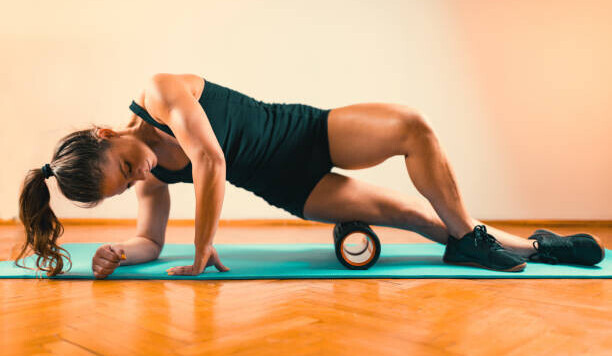
Wrapping Up
There are many benefits of using a runner foam roller for anyone involved in running. By reducing muscle tightness, improving flexibility, and boosting blood flow, these tools support recovery and overall performance. I have personally experienced fewer injuries, less soreness and a sense of feeling stronger and more energetic going into my runs since adding foam rolling to my regimen.
Remember that a foam roller works best when it is part of a complete recovery strategy that includes proper hydration, and ample rest. Starting slowly, integrating foam rolling into a balanced routine can make a significant difference over time. Pair your rolling with dynamic stretching and strength exercises to improve overall fitness, further reduce muscle tightness and boost recovery.
Whether you’re just starting out or looking to refine your routine, a runner foam roller can truly make a difference in your performance.


Foam rolling has truly become a game-changer for runners, and this article highlights its benefits perfectly. From enhancing muscle recovery to improving flexibility, a runner foam roller is a must-have tool for both casual joggers and serious athletes. I really appreciate the focus on how consistent use can reduce soreness and prevent injuries—something every runner can relate to. The explanation of how foam rollers work with myofascial release and improve circulation was especially insightful. I’ve found that even just 10 minutes after a run makes a noticeable difference in how my legs feel the next day. Pairing foam rolling with stretching and hydration, as suggested, creates a balanced recovery plan. This post is a great reminder of how small, consistent habits can lead to major improvements in performance and muscle health.
Hi Andre,
I am glad you liked the article. I am encouraged that a fellow runner sees the benefit of my insights and explanations.
As with many things, the devil is in the details. Understanding the importance of supportive self-care and making it a consistent practice is the key to continuing to run routinely as way to maintain health and fitness.
What other topics would you suggest?
Thanks for reading my article.
Kevin
Thank you for this insightful post on the benefits of using a runner foam roller! As someone exploring ways to enhance recovery and prevent injuries, I found your explanations incredibly helpful.
You mentioned that foam rolling can aid in reducing muscle soreness and improving flexibility. I’m curious, how often should a beginner incorporate foam rolling into their routine to see noticeable benefits? Also, are there specific techniques or areas to focus on for those new to foam rolling?
Your tips are motivating me to give foam rolling a try. Looking forward to more of your posts on running gear and recovery strategies!
Hi Alyssa,
Any runner, a beginner or a seasoned veteran like me, will benefit from using a Runner Foam Roller every day. The benefits of Foam Rolling with muscle recovery is usually noticeable from the first application. If you apply this technique consistently you find that the benefits increase over time.
You can use your Runner Foam Roller before and after running but the most beneficial time is after the run when muscles and connective tissues are warm and pliable. I recommend focusing on the muscles that feel the sorest or most tight. The technique of stopping and holding mild pressure from the Foam Roller on a particularly sore knot can provide myofascial release and relief. Generally, rolling the long muscles of the legs feels good regardless of your fitness level, beginner or longtime runner, because it helps loosen muscles and tendons and improves circulation every time you use it. I strongly recommend you give Foam Rolling a try.
Thanks for reading my article.